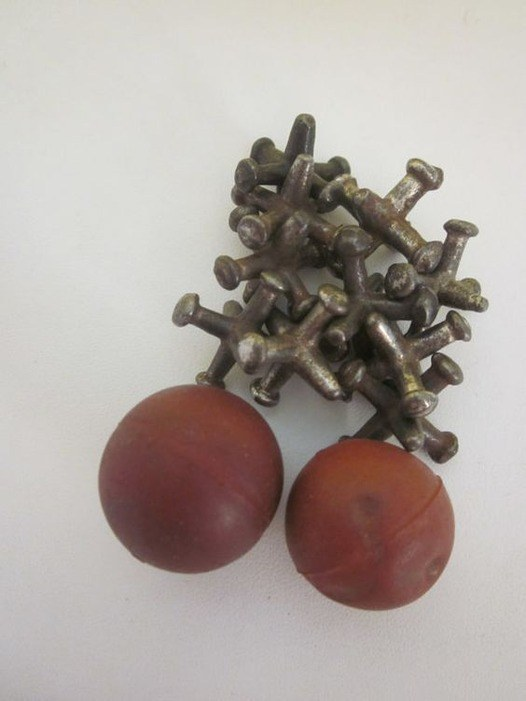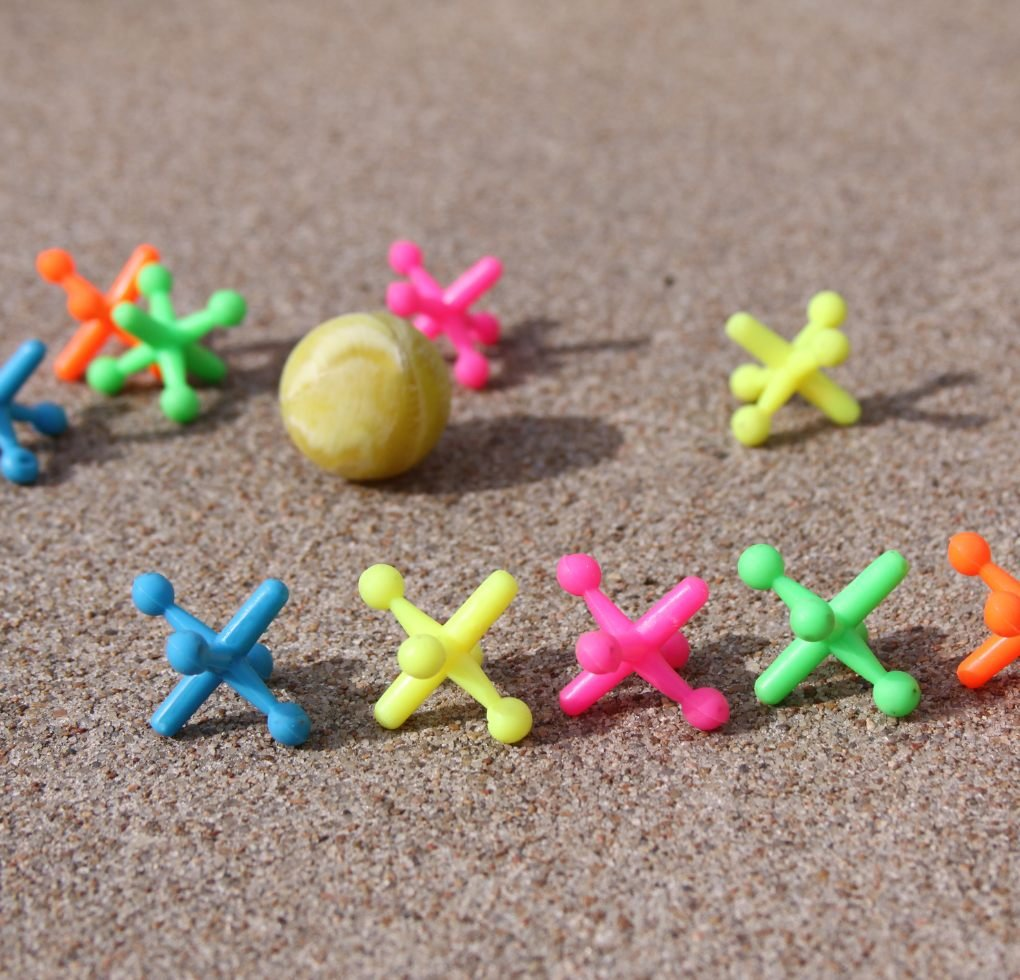Few games boast a history as rich and widespread as the game of jacks. Known by many names across cultures and often played with local variations, jacks is a game that transcends time and geography. It requires little more than small objects, a bit of coordination, and a quick hand. Originating as “chackstones” or “knucklebones,” the game has evolved to include various materials and adaptations, reflecting the customs of the regions where it’s played. Today, it remains a beloved pastime for children and adults alike, whether played with modern plastic counters or ancient bones.
The Origins and Evolution of Jacks

The game of jacks is ancient. Evidence of similar games has been found in prehistoric caves in Kiev, Ukraine, and depictions appear on ancient Greek pottery. The classic version of jacks was often played with knucklebones or small stones, which were tossed into the air and caught on the back or palm of the hand.
Originally, the game was simple and straightforward—throw the pieces, catch as many as you can, and score based on your catches. Over time, the game has evolved into two main variations: one focusing on skillful maneuvers and the other on amassing as many counters as possible. This simple yet engaging game has taken on unique forms worldwide, with regional twists that give it a distinct cultural flavor.
Playing Jacks in the United States and Canada: A Children’s Favorite
In North America, jacks are commonly played with six to twelve six-pronged counters, often made of iron or plastic, and a small rubber ball. The rules are simple but challenging: the player scatters the jacks, tosses the ball in the air, and attempts to pick up a specific number of jacks before catching the ball, usually before it bounces.
Each round becomes progressively harder as the player moves from picking up a single jack to grabbing multiple jacks in one go. This structure introduces complexity and excitement, testing both the player’s coordination and speed. In some cases, players even introduce custom moves to make the game more challenging. This enduring children’s game continues to captivate kids and adults, making it a staple of playgrounds and living rooms.
Variations Around the World: A Cultural Snapshot

Central Europe: Seeds and Skilled Hands
In Central Europe, girls traditionally play jacks with six seeds. The game is played similarly to the North American version, but players must execute each maneuver with both the right and left hand. This twist not only adds complexity but also fosters ambidexterity. This variation speaks to the universal appeal of jacks, showing that a simple change in materials can offer a fresh take on an ancient game.
Egypt: Apricot Seeds and Speed
In Egypt, children play a version of jacks using apricot seeds, with each player using no more than ten. After scattering all but one seed on the ground, the player tosses the remaining seed in the air and tries to collect as many scattered seeds as possible before catching the tossed seed. This version of the game is fast-paced and competitive, with the goal of gathering the most seeds. The simplicity of this adaptation demonstrates the resourcefulness of children who use what’s available to enjoy the game.
Eastern Europe: Ghop Bagi and the Rhythm of Knucklebones
In Eastern Europe, Jewish girls have long played a version of jacks called ghop bagi, using five knucklebones. The game unfolds through a sequence of rounds, where players toss one bone in the air and attempt to gather the remaining bones on the ground. The patterns and movements in ghop bagi require precision and timing, making it both a skillful and engaging game. Each round has specific rules for how many bones are in the air versus on the ground, creating a rhythmic pattern that challenges and delights players.
Asia’s Unique Take on Jacks: Cloth Bags and the Art of Catching
Japan and China: Bean Bags with a Twist
In Japan and China, the game of jacks takes on a unique form with cloth bags filled with rice, sand, or beans. The bags are tossed onto a table, and the player picks up one, tossing it aloft while trying to scoop up another bag from the table before catching the airborne bag. The objective is to retain all the bags through sequential catches. This variation reflects the cultural practices of using local materials and underscores the shared human desire to create games of skill and dexterity.
South Korea: Gonggi and Dexterity
A similar game to jacks is played in South Korea, called gonggi. It involves tossing small plastic stones, attempting to catch a specific number on each round while maintaining fluid movements and dexterity. Like its Western counterpart, gonggi challenges players to balance multiple objects in the air, creating a unique and satisfying flow to the game. Gonggi’s popularity in South Korea shows how the essence of jacks transcends borders, with each culture adding its own touch to the classic game.
Why Jacks Has Endured Through Time and Across Cultures

The enduring appeal of jacks lies in its simplicity and adaptability. Whether you’re playing with apricot seeds in Egypt, knucklebones in Eastern Europe, or modern plastic counters in North America, the game provides a universal joy. It’s a game that anyone can play, requiring minimal equipment and setup. Additionally, jacks serves as a reminder of the ingenuity and creativity present in all cultures. The basic premise of catching and tossing objects remains the same, yet the game continually evolves, adapting to the materials and customs of each region.
Jacks is not only a game but also a cultural artifact, one that reflects the shared human experience of play. It connects us across generations and geographies, reminding us of the simple pleasures that can bring people together. The various adaptations of jacks around the world demonstrate how games evolve and thrive, shaped by the hands and hearts of those who play them.
Conclusion
Jacks is a testament to the universal nature of play. From ancient caves to modern playgrounds, this game has journeyed through time, adapting and transforming along the way. Its simplicity has allowed it to persist across cultures, with each version reflecting the creativity and resourcefulness of the players. Whether played with knucklebones, seeds, or plastic counters, jacks remains a beloved pastime, bridging generations and connecting people across continents. As a game that’s easy to learn but challenging to master, jacks continues to captivate new players, ensuring its place in the world of games for generations to come.


